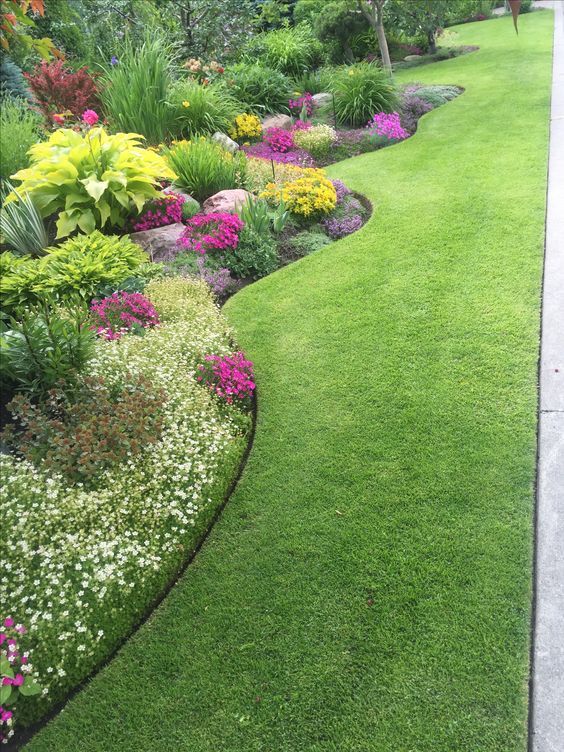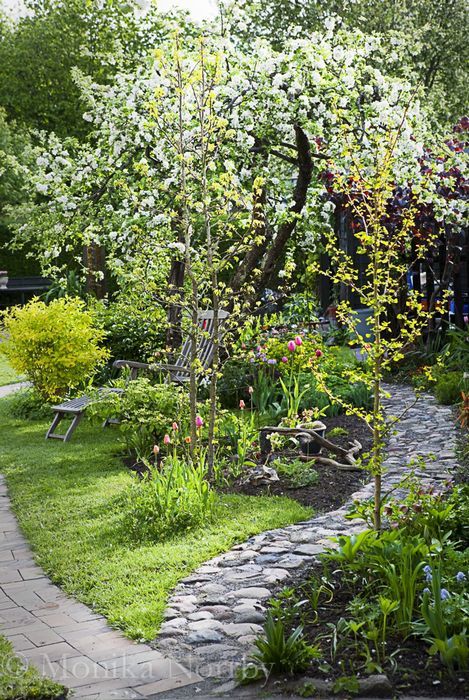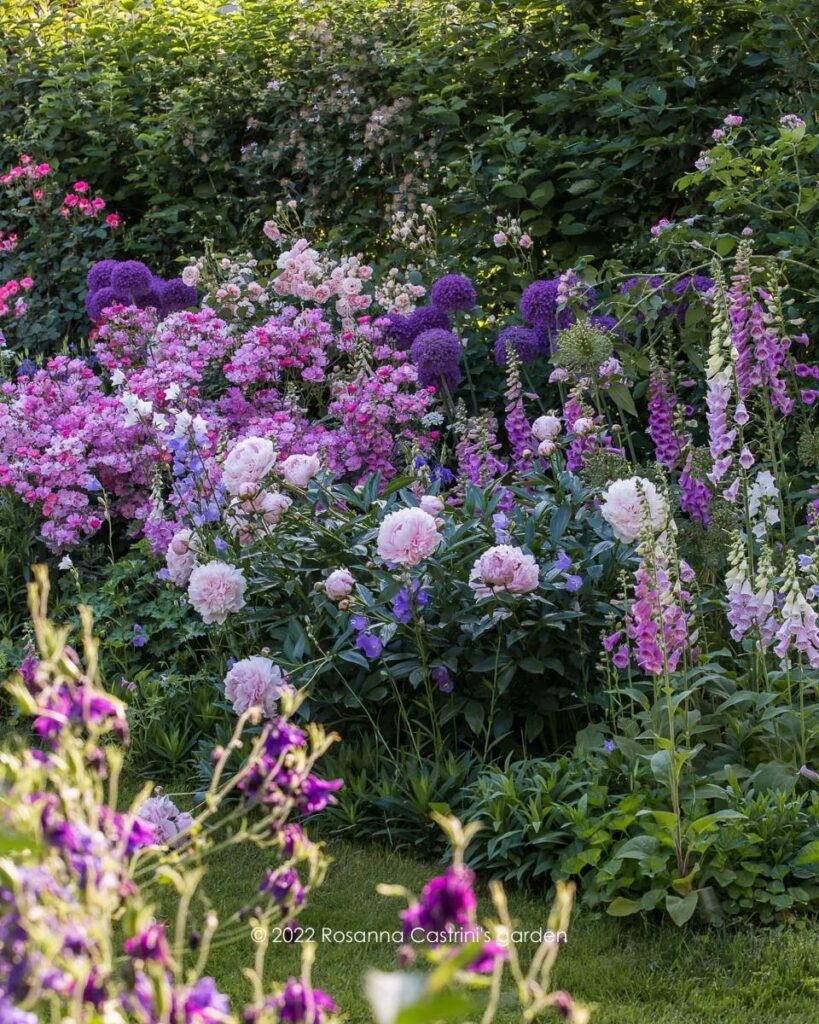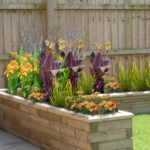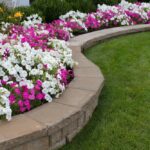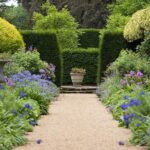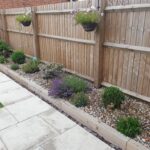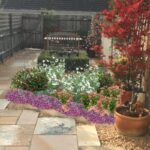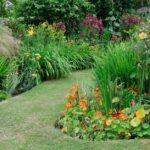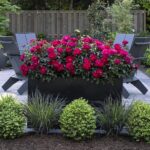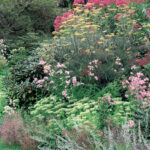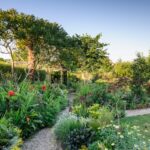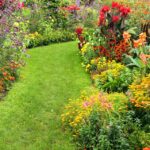Garden design borders are an essential aspect of creating a well-organized and visually appealing outdoor space. Borders serve as a frame for the garden, defining its boundaries and helping to separate different areas or plantings. They can add structure and interest to the landscape, providing a sense of order and cohesion.
When designing garden borders, it is important to consider the overall style and theme of the garden. Whether you prefer a formal, symmetrical design or a more relaxed and natural look, the border should complement the rest of the landscape. The type of plants and materials used in the border should also be chosen to enhance the overall aesthetic of the garden.
There are many different materials that can be used to create garden borders, including bricks, stones, timber, and metal edging. Each material has its own unique look and can be used to achieve a variety of styles. Bricks and stones are popular choices for traditional or formal gardens, while timber edging can provide a more rustic or natural feel. Metal edging is a sleek and modern option that can add a contemporary touch to the garden.
In addition to choosing the right materials, it is important to consider the size and shape of the border. Borders can vary in width and height, depending on the desired effect. Low borders can be used to edge pathways or highlight individual plants, while taller borders can create division between different areas of the garden. The shape of the border can also be customized to suit the garden layout, whether it be straight lines for a formal design or curved edges for a more organic feel.
Plant selection is another key consideration when designing garden borders. The plants chosen for the border should complement the rest of the garden and thrive in the growing conditions of the site. Mixing different types of plants with varying heights, textures, and colors can create a dynamic and visually interesting border. Perennials, annuals, shrubs, and ornamental grasses can all be used to create a diverse and attractive border that is both beautiful and functional.
Ultimately, garden design borders play a crucial role in creating a well-designed and cohesive outdoor space. By carefully choosing materials, sizes, shapes, and plants, you can create borders that enhance the overall aesthetic of the garden and provide structure and definition to the landscape. With careful planning and attention to detail, garden borders can transform an ordinary outdoor space into a beautiful and inviting garden retreat.
